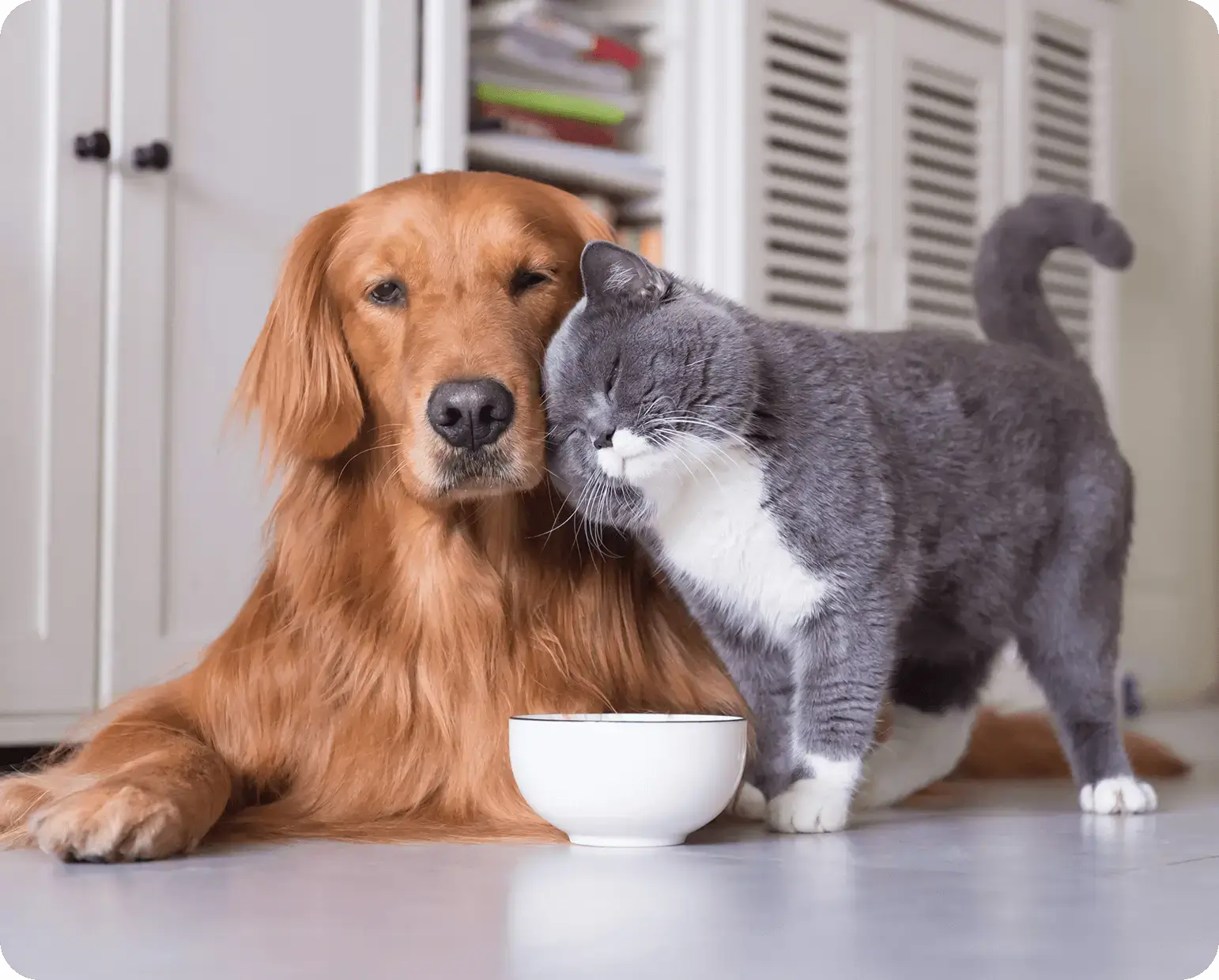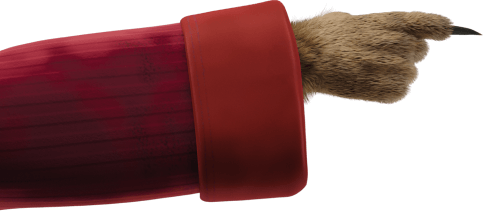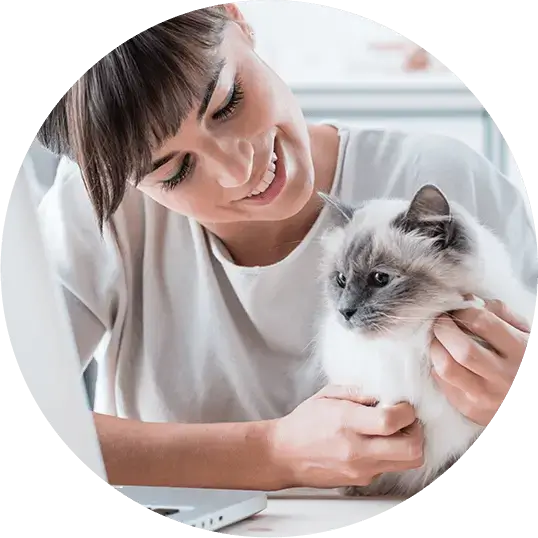




We do not compare all brands in the market, or all products offered by all brands. At times certain brands or products may not be available or offered to you. Learn more.
Top 3 things to know about cat insurance
It pays to compare
Compare quotes in minutes and start saving today.
Simple to use
Get started by answering a few quick questions to help us understand your needs.
Compare & save
Save time and money by easily comparing options from a range of providers side-by-side.
Switching is easy
Follow a few easy steps online to switch to a new deal that suits you and your budget.

Why compare with us?
Our smart comparison technology is trusted, free, safe and secure.

We believe the best decisions start with a comparison.
We’re proud to have helped millions of Aussies look for a better deal.
4.3 / 5

Based on 2,903 reviews
23 million comparisons and counting
4.5 / 5

Based on 1,884 reviews
Ratings as of 09/06/2025.
A guide to pet insurance for cats
Updated 28 May 2024




 There are typically three levels of pet insurance available, with some insurers offering optional extras that you can add to your policy for further cover (at an additional premium).
There are typically three levels of pet insurance available, with some insurers offering optional extras that you can add to your policy for further cover (at an additional premium).